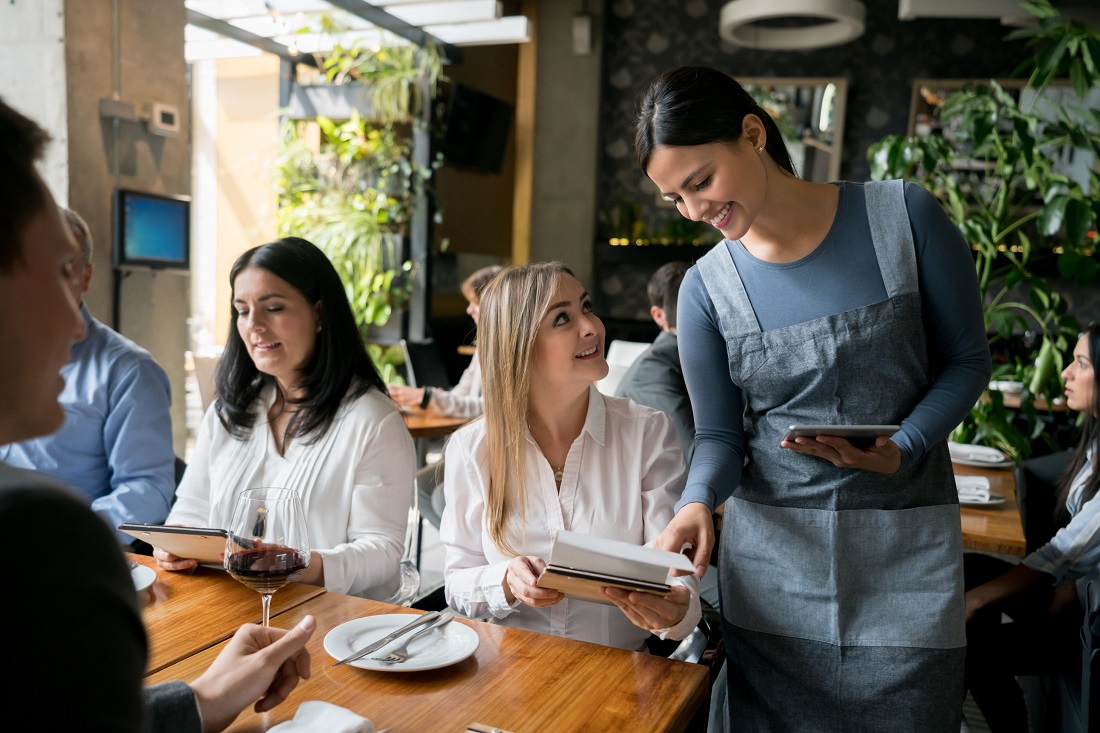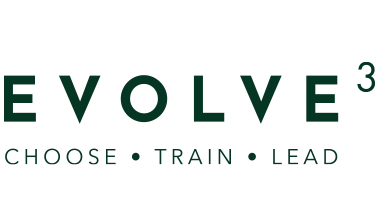
15 Oct Food and beverage sales training tips
“Food at its most basic level is sustenance; anything beyond that is sales and marketing. We eat good food and drink good drinks because of how it appeals to our ego and our desire to reward ourselves. Simply by walking into your venue, your guests are telling you that they want to reward themselves. They certainly could have found a less expensive way to get food. They are choosing to eat and drink well tonight. A great server must recognise this.”
– From ‘Tips for improving your tips’, David Hayden
Most hospitality owners and managers I meet with regularly are smiling this month because they are entering “profit season” – that time of year from October through to March, when most will make a decent profit, as opposed to barely breaking-even, or enduring a loss as some do during the quieter months.
The trick is to make enough profit over the busy seasons to offset the inevitable down-times, leaving enough left at the end to make a decent living throughout the whole year. Wise operators gear up for peak season by training their customer-facing teams to upsell and suggestively sell at every opportunity, thus capitalising on the extra customers going through their venues.
Here are some examples of trainable selling skills that could be modified to suit your own venue and menu. Note that it traces through a typical sequence of service for a table-service restaurant environment.
You could use these examples as a training tool and encourage your staff to practice the phrases with role-plays to build confidence before using them in service.
It’s important to encourage creativity and individual style with sales phrases, so don’t consider that what’s on this list is what must be said all the time. However, it’s a good starting point for less confident staff to develop their skills.
Offer drinks by asking:
“What will you start with, a cocktail or a selection from the wine list,?” Don’t forget to smile.
By offering people a choice of two or three options (no more than three), you are inviting one of three responses now: “no thanks”; “a cocktail”; or “a glass of wine”. You have ‘loaded the deck’ so that your chances of selling a 1st drink are now 2 out of 3 instead of 1 out of 2. By saying “cocktail” and “wine”, you make it easier for the customer to see a mental picture of their favorite drink. This helps them decide on something quickly.
If you say: “Would you like a drink to start with?”, normally 50% of people will answer in the negative because the question is too broad. If you make the decision too difficult, you make the guest work too hard. The human mind when relaxed, is not capable of handling too many options presented orally. Keep decisions simple by limiting the options and implying the answers.
Offer small snacks by saying:
“Which would you prefer, some house marinated olives or perhaps some freshly shucked oysters to go with your drinks?” Try nodding your head while you say it.
By making two appealing suggestions, you’re helping the guest by informing them of their options while improving your chances of a sale.
If you say: “Do you want something to nibble on while you’re looking at the menu?”, it’s too easy for people to say ‘no’. Also, they are probably not aware of what their options are at that point.
Nodding your head is contagious (like smiling). If you nod your head when talking, this will create a positive effect around whatever you’re saying and you are also likely to get the people listening to nod their heads. This will increase the chances of your guests agreeing that what you are suggesting is a good idea.
Offer side dishes or add-ons that complement the customer’s choice of meal by saying:
“The crisp green leaves or creamy potato puree will be a great complement to the [insert names of meals ordered]. What would you like?”
You know your menu better than your guests do. By recommending a couple of attractive-sounding sides to complement what the guests have ordered, you are providing them with the logic they need to make a decision. You are advocating what is in the best interest of the customer.
OR
“Whenever I have [insert names of meals ordered], I always have the [insert names of sides]. “Which would you like?”
By telling people what you, the expert, would do if you were in their shoes, you provide a very good reason to follow suit.
If you say: “Would you like any sides with that?”, it’s too easy for people to say ‘no’. They may not be aware of their options or they could be unsure of which sides will best complement their meals.
Sell desserts by assuming the sale:
Hand the guests the dessert menu and say: “Here is the most important information of the day. I can personally recommend the [name of dessert] and the [name of dessert].” Use as many sensory words as possible when describing your recommendations. E.g. “The house made doughnuts are bite-sized. The inside is light and fluffy, filled with fresh blueberries and then drizzled with a velvety chocolate sauce and topped with crunchy roasted hazelnuts.”
By assuming that the guests will order dessert rather than wondering if they will have dessert, you can exploit the contradiction between what the guest feels they should do and what they want to do. This will overcome their first line of defence. By giving sensory descriptions of tastes and texture, you will paint a picture in the guests’ mind strong enough to temporarily overcome their intellectual resistance. You will help instil the belief that the pleasure they receive will outweigh any guilt they may feel afterwards.
If you say: “Would you like some dessert?” OR “Would you like to see the dessert list?”, you could miss a lot of sales. Having dessert often goes against logic. People regularly feel full or satisfied after they’ve eaten their main meal and won’t bother to look at the dessert menu.
Upsell to premium items
Spirits
If a guest orders a spirit, let them choose which brand. E.g., If a guest orders a Gin and Tonic ask: “What sort of Gin would you like? We have Tanqueray 10, or Gordon’s, or Hendricks which is infused with cucumber – it’s something a bit different but very refreshing.”
Don’t assume that the customer wants a basic spirit – offer them the best you’ve got, your customer deserves it! The same principal applies to all basic spirits.
Sell the bottle
When two people order the same or similar glasses of wine at a table, you have an opportunity to sell the bottle instead. The switch to a bottle should be done with confidence and explained to the guest in their best interest.
Start by asking, “Do either of you anticipate having a second glass during the course of your meal?” If either says yes, the follow-up statement should be: “In that case you may want to consider a bottle, because once you’ve bought three glasses, you’ve almost paid for the bottle and received less wine.”
If the guests appear to be happy to make the transition from glasses to a bottle, you have now opened a whole other list of opportunities because, in most cases, your selection of wine by the bottle will be greater than your selection by the glass.
The takeaway
Some careful training in the skills of sales-focused customer service can improve the customer experience, make life easier for customer-facing staff and increase the check-average of any venue, which means a healthier bottom line throughout the year.
To find out more about effective staff training methods, consider enrolling for the How to Train workshop hosted regularly in Melbourne.



